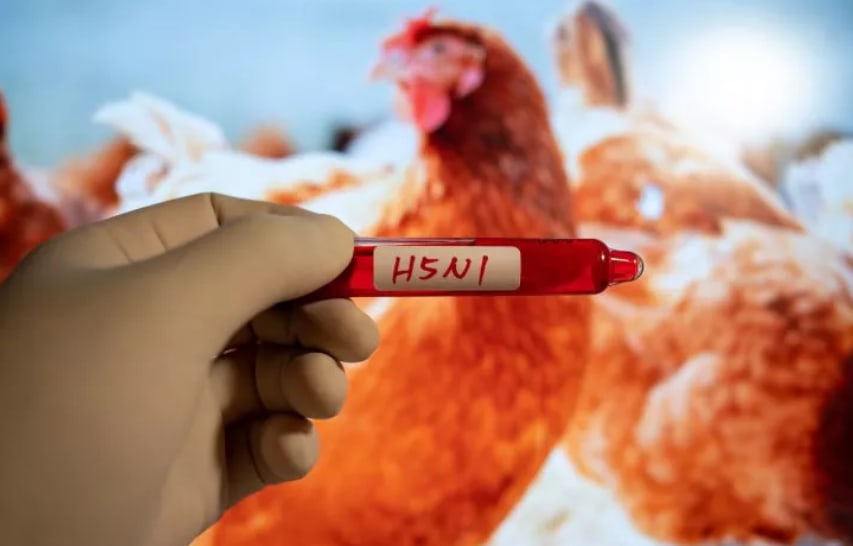Scientists Raise Alarm as More Cats Die from Avian Flu

Scientists Raise Alarm as More Cats Die from Avian Flu
By Jess Thomson

A cat shelter in South Korea has been put under quarantine after two of the felines tested positive for H5N1 bird flu in the capital city of Seoul.
The South Korean Ministry of Agriculture, Food and Rural Affairs said in a statement on Tuesday that this was the first time that this bird flu had been detected in cats in the country since 2016, as reported by Reuters.
The positive-testing cats were two of 38 cats that had recently died at the same shelter. Workers at the shelter are being monitored, although none are exhibiting symptoms of the condition. H5N1 bird flu, also known as avian influenza, is a highly infectious viral disease that usually spreads between birds, but can also jump species to mammals, and occasionally, humans. Cases of the H5N1 strain of the virus have seen a worldwide outbreak since 2021, being detected in birds around the globe.
Avian influenza comes in both "low pathogenic" and "highly pathogenic" forms, with low pathogenic strains only causing minor symptoms in birds, and highly pathogenic strains posing a greater threat.
Nearly 59 million poultry birds across the country have been affected by the outbreak, with around 7,000 wild birds testing positive for H5N1, according to Centers for Disease Control (CDC) data. The South Korean deaths come only days after 34 cats in Poland were found to have been infected by the virus, many of which showed neurological symptoms like paralysis, with some later dying.
"This virus needs to be taken seriously," Wendla Beyer, policy coordinator for international animal welfare nonprofit Four Paws, said in a statement on July 17 regarding the Polish cat outbreak. "Following on the heels of the COVID-19 pandemic, we saw the largest avian influenza outbreak worldwide, with devastating effects on animals, trade and the livelihoods of farmers. Infections in mammals spark fears of viral mutations that could become transmissible between humans, igniting a new pandemic. And now, as we have seen, house cats are dying from the virus."
Other cases of mammals being infected by the virus include grizzly bears, foxes, skunks and raccoons, and a variety of domestic mammals like dogs, cats, pigs and horses. Only one person has tested positive for the infection in the U.S., which occurred in April this year in someone directly involved with culling poultry infected with the virus. The virus has been circulating for several decades, however, infecting over 700 people since 2003. Around half of the people infected died from the virus.
There is a very low risk of humans being infected by H5N1, both from birds and other humans, due to the low success of the virus spreading between people, according to the CDC and the World Health Organization (WHO). No cases of a person catching the virus from cats has ever been recorded, with most cases stemming from working in close contact with poultry. There is concern that the virus may mutate into a strain more infectious to humans, which would be a major worldwide issue.
"The global H5N1 situation is worrying given the wide spread of the virus in birds around the world and the increasing reports of cases in mammals, including in humans," Sylvie Briand, a WHO official, said on February 24. "WHO takes the risk from this virus seriously and urges heightened vigilance from all countries."
